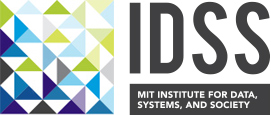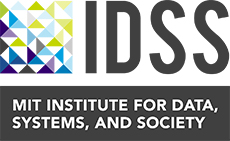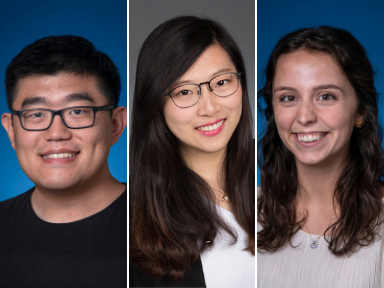
Meet the first class of SES Hammer Fellows
The Michael Hammer Society of Fellows is a distinguished on-campus fellowship program that identifies, recruits and supports the most talented students in the doctoral program in Social & Engineering Systems (SES).
The Hammer Fellowships honor the legacy of Michael Hammer, a visionary engineer, business leader, author, MIT professor and alum who made a remarkable impact on both MIT and the nation’s engineering and business landscape. Hammer Fellows embody his ingenuity and carry on his legacy through their innovative research addressing significant societal challenges.
The inaugural class of Hammer Fellows are Manxi Wu, Leon Yao, and Cate Heine.
Manxi Wu
Last degree: MS Transportation, MIT
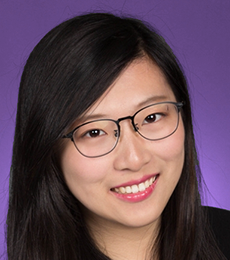
1. What is the focus of your research? What sort of knowledge and disciplines does it bring together? How will it make an impact?
My work aims to understand how human interaction and information perception affect the functionality and resiliency of smart urban systems. Motivated by the technology advancements in traffic information systems, I evaluate the effects of heterogeneous traffic information on travelers’ route choice and costs in order to design better information systems for networks with uncertainty. I also study how to proactively allocate limited security resources on critical cyber-physical vulnerabilities so that the infrastructure system becomes more robust to both random failures and adversarial attacks. My research requires knowledge in engineering systems to analyze the functionality of the large-scale unban systems as well as microeconomic theory to understand human behavior. I wish my research can help in improving our urban systems.
2. Why did you choose to come to IDSS/SES?
I believe the Social & Engineering Systems doctoral program will help me develop technical expertise to study the issues at the intersection of engineering design and economics of smart cities. I find the IDSS weekly seminar course and the monthly Distinguished Seminars particularly helpful because they provide me the opportunity to learn fundamental research in relevant areas, as well as expose me to other broader research frontiers.
3. How do you see your work continuing Michael Hammer’s legacy?
Michael Hammer made great contributions in the business reengineering movement that transformed businesses to be more efficient and more personally engaging. I am inspired to advance my study and research in designing information and mobility services to make the future of smart urban systems more responsive and resilient.
4. Share something about yourself: what do you enjoy about living in Cambridge? What do you like about the MIT community? What do you do in your spare time?
I find the MIT community inclusive and encouraging. In my spare time, I enjoy hiking and cooking.
Leon Yao
Last degrees: BS / MS Computer Science, Stanford (Artificial Intelligence Track)
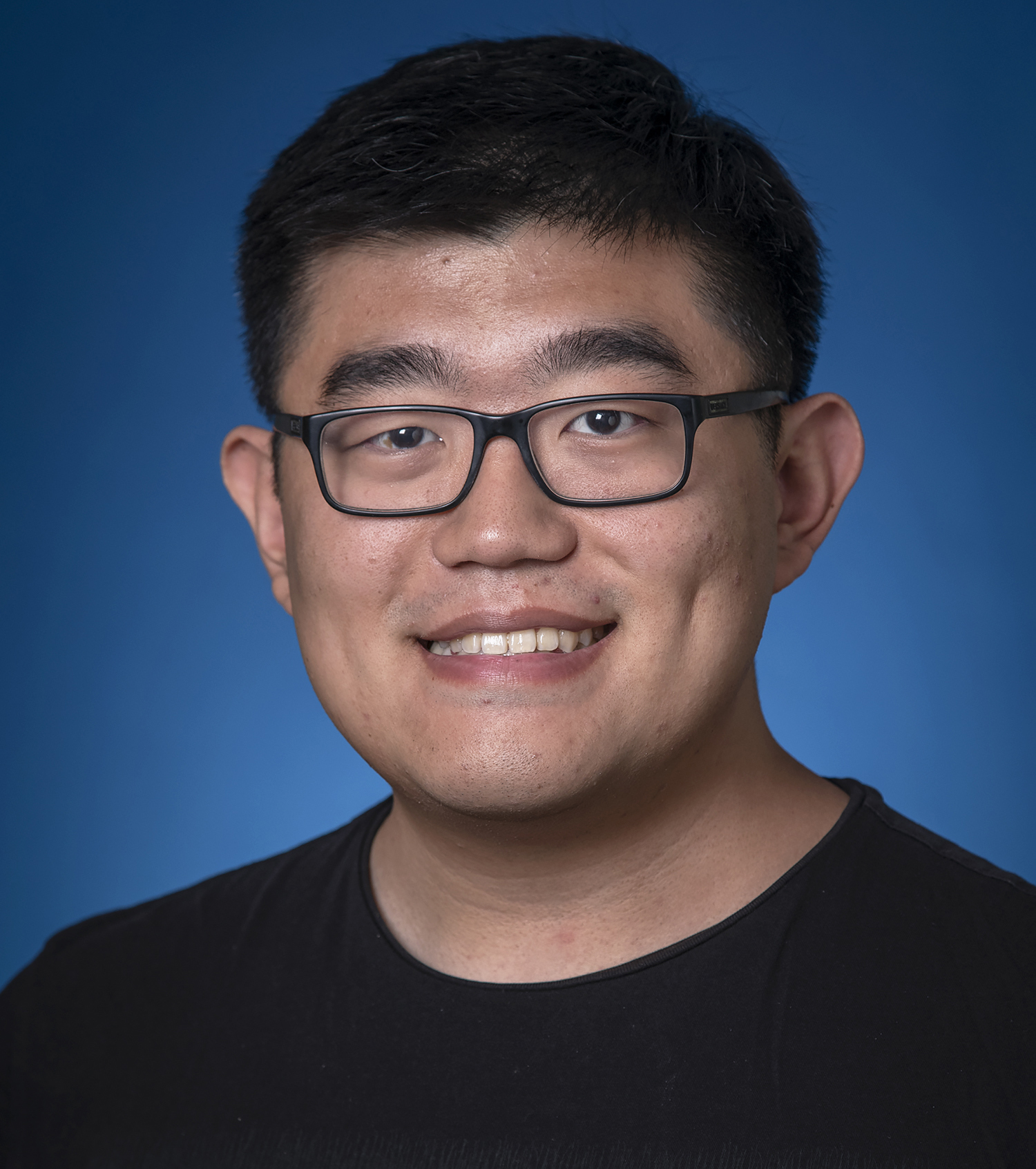
1. What is the focus of your research? What sort of knowledge and disciplines does it bring together? How will it make an impact?
My research is primarily focused on computational social science. Specifically, I aim to develop algorithms and analytical frameworks to analyze and understand social systems, such as social networks. I hope to apply my knowledge of machine learning, data mining and algorithms to study problems in the intersection of economics and computer science.
2. Why did you choose to come to IDSS/SES?
The IDSS program allows me to interact and collaborate with colleagues from a variety of fields. Most social problems not only can, but should, be analyzed from many different perspectives. I believe that a multidisciplinary academic environment is necessary to truly understand these complex problems.
Through experience both in academia and in industry, I realized that I love building engineering systems that actually help people. Part of building such a system requires not only understanding the engineering challenges, but also the underlying human component. When multiple fields converge, they mutually inform each other. Just as my skills in machine learning and data science can be applied to sociological research, another field’s understanding of complex systems could inspire me to improve an existing algorithm in a way that is rarer when isolated in a single discipline.
3. How do you see your work continuing Michael Hammer’s legacy?
Professor Hammer was a visionary in using advances in computer science and engineering to improve business management processes. He recognized that in solving any complex social problem, there needs to be a combination of efforts from multiple disciplines. The IDSS program is a natural extension of Professor Hammer’s vision. Similarly, my research in social networks is not just the graph theoretical understanding, but also includes understanding the human interactions that created these networks.
4. Share something about yourself: what do you enjoy about living in Cambridge? What do you like about the MIT community? What do you do in your spare time?
I love the way the MIT spirit of innovative research presents itself in everyday experiences. Just walking from one place to another, I might go through one of the many pathways in MIT’s network of connected buildings, glancing at posters of cutting edge research in completely different fields.
Hailing from LA, I am an avid sports fan (Lakers, Angels, Kings, and Stanford football). I will watch any and all sporting events! I love studying sports analytics and am excited to attend the Sloan Sports Analytics Conference. I may have moved here with some existing rivalries with local teams, but Boston has some of the greatest fans and I look forward to experiencing them first hand as well.
I also enjoy playing board games and cooking!
Cate Heine
Last degree: BS Mathematics, Centre College
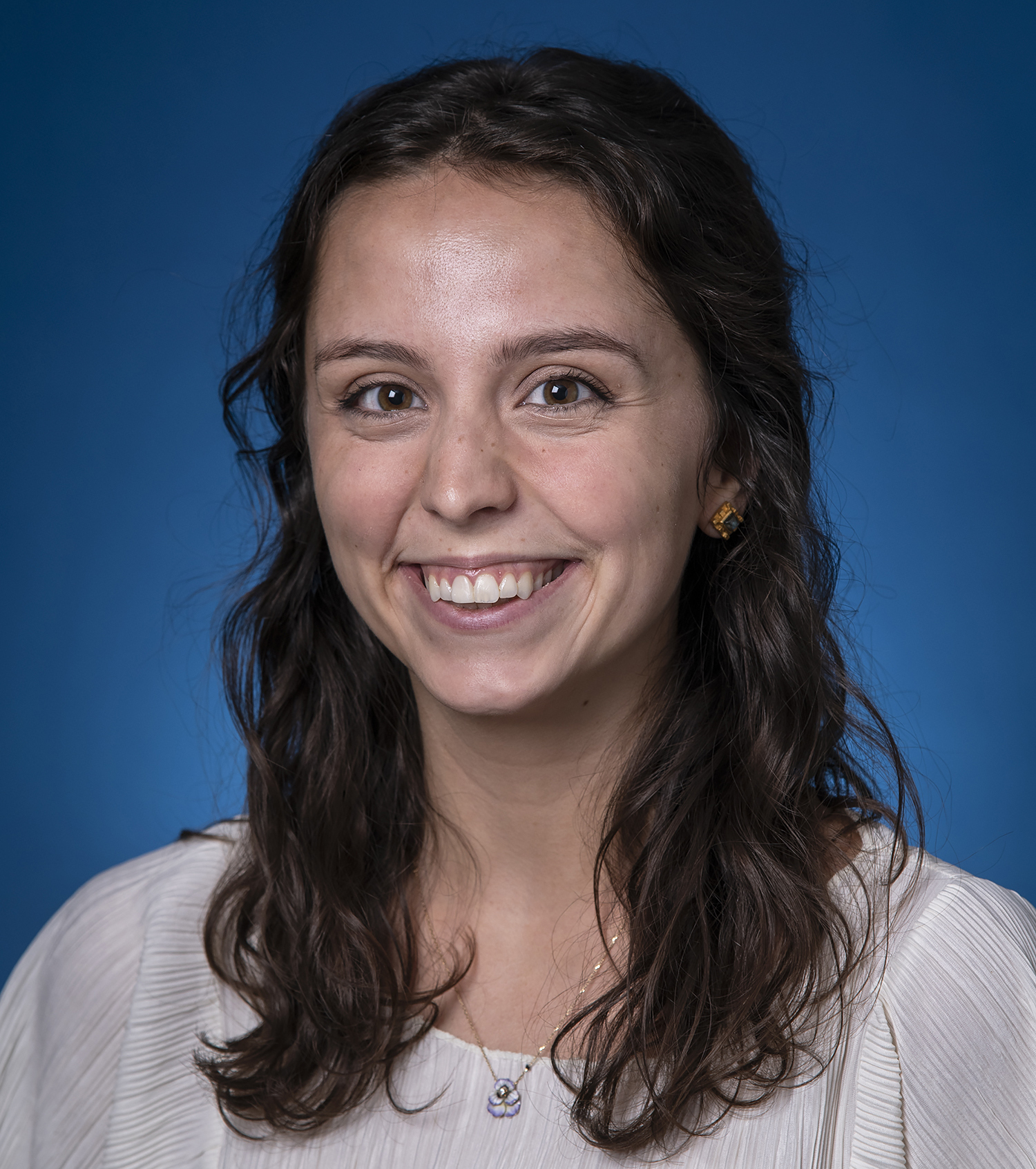
1. What is the focus of your research? What sort of knowledge and disciplines does it bring together? How will it make an impact?
I study socioeconomic barriers in cities through a variety of lenses, including the social sciences and mathematics. I seek to use technology to holistically assess social systems in rapidly growing urban areas, examine the social and physical barriers that persist in these systems, and address the consequent superlinear growth of social inequality.
2. Why did you choose to come to IDSS/SES?
I came to SES because I have a lot to learn — I want to understand complex social issues from a social science perspective and I want to acquire the mathematical and computational tools to be able to rigorously study those issues from a quantitative perspective. I think SES is unique in that it will allow me to do both of those things; it seeks to truly combine disciplines to find solutions to problems that can’t be answered from a single perspective.
3. How do you see your work continuing Michael Hammer’s legacy?
Michael Hammer didn’t just let his research circulate through academia; he studied organizations academically and then he used his expertise to make real, tangible impacts for humans and businesses. He was focused on finding solutions to problems that occur day to day in the real world, and was a pioneer in crossing through disciplines to do that. Dr. Hammer’s work epitomizes to me what SES is about — using all the tools that academia has to offer, across disciplines, to find implementable solutions to problems that affect people every day. Wherever my research takes me in the future, I hope above all that I am able to do that, too.
4. Share something about yourself: what do you enjoy about living in Cambridge? What do you like about the MIT community? What do you do in your spare time?
I enjoy exploring new places, hiking, playing spades, experimenting with new ways to visualize data, and cheering the University of Louisville Cardinals to victory!
